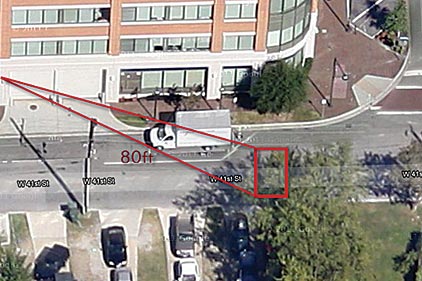
License plate recognition (LPR) technology continues to advance and is better equipped than ever to support law enforcement and help save lives and protect property. Specific cases of LPR technology in action, as described in this article, demonstrate how it aids law enforcement in everything from reducing gasoline theft and enforcing traffic regulations, to identifying murder suspects, and enabling arrests.
Approximately 70 percent of all serious crime involves a motor vehicle, and law enforcement agencies nationwide acknowledge that license plates are critical crime-fighting tools used to track and identify these offenders, according to International Association of Chiefs of Police, Alexandria, Va.
“The ability of LPR systems to communicate with and assist law enforcement is more and more important,” says Aluisio Figueiredo, chief operating officer, Intelligent Security Systems (ISS), Woodbridge, N.J.
He shares that developments in LPR-specific cameras are enabling the opportunity for LPR-related systems to “proactively” assist law enforcement.
“Cameras equipped with true LPR algorithms provide detection when a vehicle is approaching. Without these sorts of algorithms, this has to be done with sensors, which have to be installed in roadways. When such technology is tied into various law enforcement departments in an automated way, it can make a big difference with response teams. The essential difference here is between the old, forensic model and one that is proactive and used for crime prevention,” Figueiredo describes.
Paulo Hack, director of Speed Sistemas in Brazil, has done a lot of integration work with ISS on various projects, including Itajaí
Source: sdmmag.com
